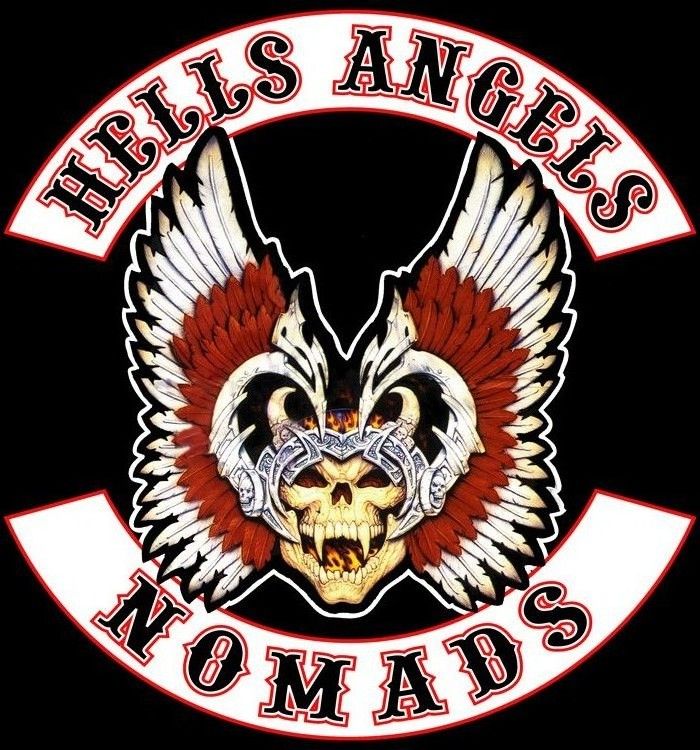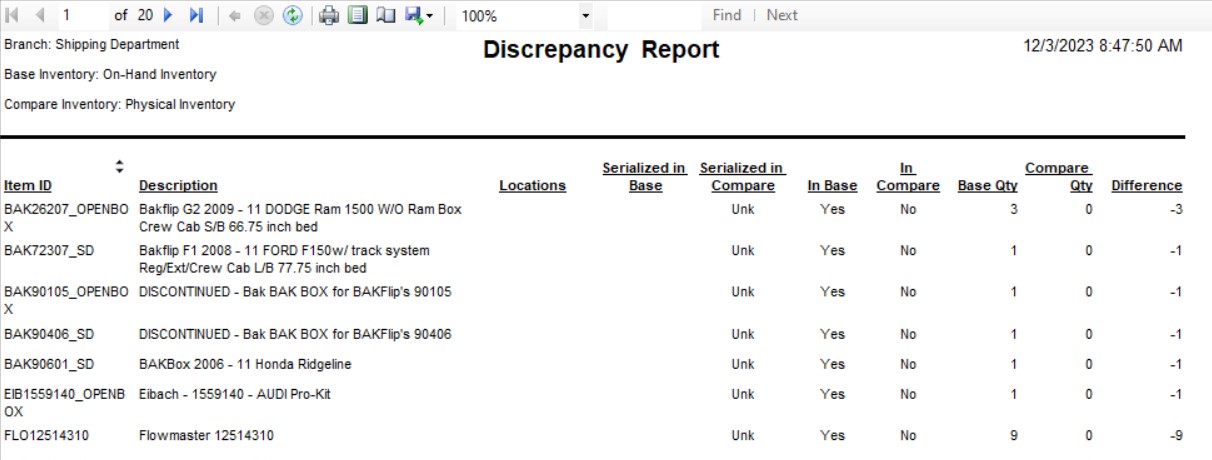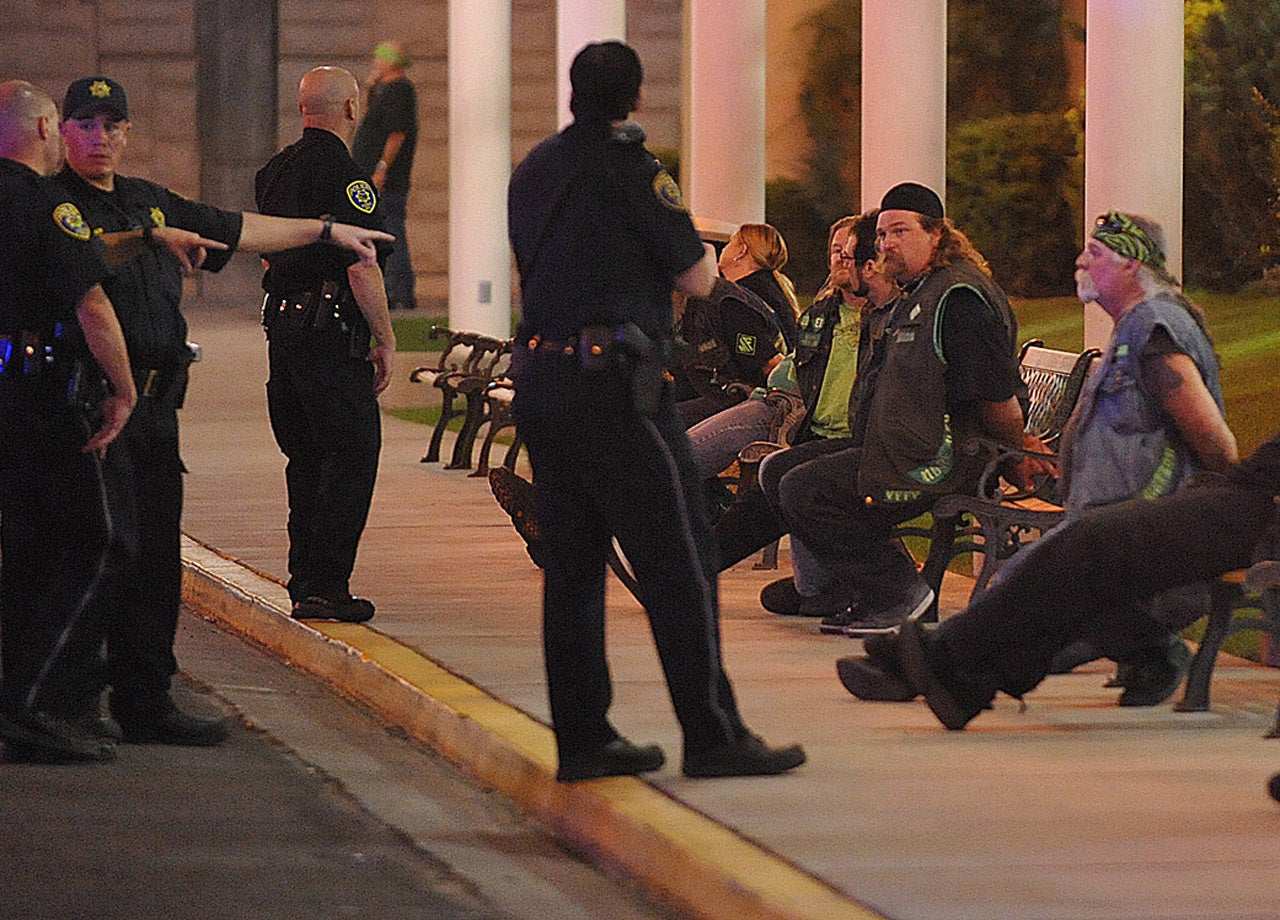The Hells Angels: A Closer Look At Their History And Activities

Table of Contents
Origins and Early History of the Hells Angels
The Hells Angels Motorcycle Club officially emerged in 1948 in Fontana, California. Its founding members, primarily World War II veterans, sought camaraderie and a sense of belonging in the post-war era. This period of societal upheaval and readjustment played a significant role in shaping the club's early identity. The initial activities were largely centered around motorcycle racing and social gatherings, painting a picture quite different from the notorious reputation the Hells Angels would later cultivate. However, the seeds of the club's future trajectory were sown in this formative period.
- Founding location: Fontana, California
- Initial membership: Primarily WWII veterans seeking brotherhood and purpose.
- Early club activities: Motorcycle racing, social events, and establishing a strong sense of community.
- Evolution of the club's image and identity: From a motorcycle enthusiast group to a symbol of outlaw biker culture. The shift towards a more rebellious and confrontational identity occurred gradually over time, influenced by various factors including law enforcement scrutiny and internal power struggles.
The Hells Angels' Criminal Activities
Over the decades, the Hells Angels have been implicated in a vast array of criminal enterprises. Their involvement in drug trafficking, particularly cocaine and methamphetamine, has been extensively documented. The club's hierarchical structure facilitates these illegal operations, enabling the efficient distribution and sale of narcotics. Beyond drug trafficking, the Hells Angels have also been linked to arms trafficking, prostitution rings, violent crimes such as murder and assault, racketeering, extortion, and money laundering. These activities have solidified their reputation as a powerful and dangerous criminal organization.
- Drug trafficking: Cocaine, methamphetamine, and other illicit substances.
- Arms trafficking: Illegal procurement and distribution of firearms.
- Prostitution rings: Exploitation and control of sex workers.
- Violent crimes: Murders, assaults, and other acts of violence against rivals and civilians.
- Racketeering and extortion: Using intimidation and violence to extract money and resources.
- Money laundering: Concealing the origins of illicit funds through various financial schemes.
Hells Angels Motorcycle Club Structure and Organization
The Hells Angels operate under a highly structured hierarchical system. The club is organized into chapters, which function as semi-autonomous units under the overall authority of a national or international leadership structure. Each chapter has its own officers, including a president, vice president, sergeant-at-arms, and other key roles. The "patching in" process, whereby prospective members are formally inducted, is a significant rite of passage. The club's colors and insignia, including the iconic "Death Head" emblem, are powerful symbols of identity and loyalty, projecting an image of intimidation and defiance.
- Chapter system: Independent chapters with a national/international governing body.
- Ranks and roles: Clearly defined roles and responsibilities within each chapter.
- Patching in: A rigorous process of initiation to become a full-fledged member.
- Club colors and insignia: Highly symbolic and contribute significantly to the club's overall image.
The Hells Angels in Popular Culture and Media
The Hells Angels have been extensively portrayed in movies, books, and television, often romanticizing their rebellious image. These media representations have played a significant role in shaping public perception, contributing to both fascination and fear surrounding the club. While some portrayals accurately reflect the club's criminal activities, others have focused on the mythology surrounding the Hells Angels, creating a distorted image that attracts certain individuals. The club itself has attempted to control its image through selective engagement with the media and public relations efforts.
- Notable films and TV shows: Numerous films and television series have either featured or been inspired by the Hells Angels.
- Common stereotypes and misconceptions: Media often reinforces stereotypes about bikers and their lifestyles.
- The club's attempts to control its public image: Strategic efforts to manage media narratives and public perception.
Law Enforcement and the Hells Angels
Law enforcement agencies worldwide have dedicated significant resources to combating the Hells Angels' criminal activities. Investigations, often utilizing the RICO Act and international collaborations, have led to numerous prosecutions and convictions. However, infiltrating and disrupting the club's tightly knit operations presents considerable challenges. Gathering sufficient evidence to secure convictions requires long-term investigations, the use of informants, and sophisticated undercover operations. The Hells Angels' intricate structure and code of silence make it a difficult target for law enforcement.
- Federal investigations (e.g., RICO Act): Utilizing racketeering laws to target organized crime.
- International collaborations between law enforcement agencies: Sharing intelligence and coordinating efforts across borders.
- Challenges in gathering evidence and securing convictions: The club's secrecy and the difficulty of gaining inside information.
- Use of informants and undercover operations: Essential tactics for penetrating the club's activities.
Conclusion
The Hells Angels Motorcycle Club remains a complex and controversial organization with a long history of criminal activity. Understanding their origins, structure, and activities is crucial to comprehending their enduring influence. While the mythologized image of the Hells Angels persists in popular culture, the reality reveals a sophisticated criminal network. Further research into the Hells Angels and their impact on society is encouraged to gain a complete understanding of this powerful and enigmatic group. Continue your exploration of the Hells Angels and their multifaceted legacy by researching specific incidents, legal cases, or the club’s internal dynamics. Learn more about the Hells Angels motorcycle club and its impact on global crime.

Featured Posts
-
 Country Living Awaits Your Escape To The Country Starts Here
May 25, 2025
Country Living Awaits Your Escape To The Country Starts Here
May 25, 2025 -
 Kyle Walker Peters Crystal Palaces Free Transfer Pursuit
May 25, 2025
Kyle Walker Peters Crystal Palaces Free Transfer Pursuit
May 25, 2025 -
 Learn From Nicki Chapman 700 000 Property Investment Revealed
May 25, 2025
Learn From Nicki Chapman 700 000 Property Investment Revealed
May 25, 2025 -
 Google And Open Ais Rivalry Examining The I O And Io Discrepancy
May 25, 2025
Google And Open Ais Rivalry Examining The I O And Io Discrepancy
May 25, 2025 -
 Hells Angels Pay Respects At Funeral Following Fatal Motorcycle Crash
May 25, 2025
Hells Angels Pay Respects At Funeral Following Fatal Motorcycle Crash
May 25, 2025
